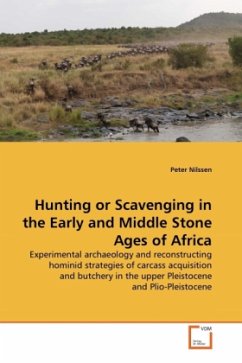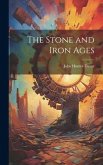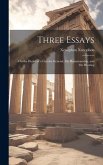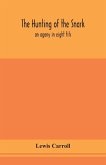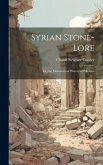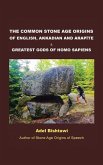Evaluating inferences about hominid meat-eating behaviours is the primary objective of this book. Many scholars consider these behaviours as critical features in human evolution. Most zooarchaeologists agree that butchery marks constitute the most reliable gauge of hominid involvement with animal bones. I focus on cut marks because experiments focused on their placement and frequencies produced by various butchery activities. Many reconstructions of hominid meat-eating behaviours were based on Binford's observations of the Nunamiut. The primary shortcoming of the latter studies is that cut marks produced by different butchery activities were not separable into categories related to specific butchery activities, because several butchery procedures were performed on the same bones. The present study remedies this situation by separating butchery activities so that cut marks could unambiguously be assigned to specific butchery procedures. A revised inventory of cut marks and their associated behaviours is presented. Evaluating cut marks indicate that Early and Middle Stone Age hominins had different access to animal carcasses.
Bitte wählen Sie Ihr Anliegen aus.
Rechnungen
Retourenschein anfordern
Bestellstatus
Storno

